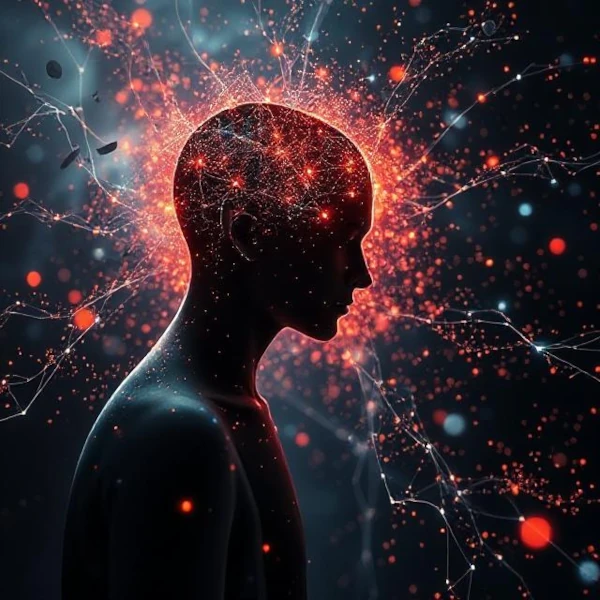
Quantum mechanics, a discipline founded in the early 20th century, has revolutionized our understanding of physical reality. Phenomena such as entanglement, non-locality, and superposition of states defy our intuitive logic. Surprisingly, some researchers, thinkers, and popular science authors have attempted to link these phenomena to spiritual concepts, which are worldviews centered on consciousness, intuition, or a non-materialistic perception of the universe.
Released in 2004 (and expanded in 2007), this documentary-fiction film explores, through the story of a depressed photographer, the idea that reality could be "created" by consciousness. It uses concepts from quantum physics, neurology, and cellular biology, while incorporating a strong metaphysical dimension.
Some contributors to the film, such as Amit Goswami or Fred Alan Wolf, argue that consciousness plays a fundamental role in the unfolding of quantum events, an idea inspired by the collapse of the wave function in the Copenhagen interpretation, but radicalized here to the idea that "we create our reality."
The key concepts mentioned in the film, such as the double-slit experiment or Schrödinger's cat, are real, but their "spiritualized" interpretation raises significant criticism in the scientific community. The claim that "thought directly influences matter" has, to date, no robust experimental basis in quantum physics.
However, these ideas resonate with an audience in search of meaning, perhaps because they offer a unified vision between matter, spirit, and cosmos, where humans are no longer mere spectators but ontological actors of reality.
| Concept | Quantum Mechanics | Spirituality (Film's View) | Point of Convergence |
|---|---|---|---|
| Observation | Collapse of the wave function during measurement \(\psi \rightarrow |\phi\rangle\) | The observer "creates" the reality they perceive | Importance given to the observer's consciousness |
| Entanglement | Two entangled particles share a non-local state | Everything is interconnected, beyond space and time | Holistic (global) vision of reality |
| Free Will | Quantum systems evolve probabilistically | Thought influences outcomes | Idea of indeterminacy exploitable by will |
| Time | Temporal symmetry of the Schrödinger equation | Time perceived as an illusion or dynamic consciousness | Questioning of linear time |
Sources: Physics Education – Interpretations of QM, Rev. Mod. Phys. – Decoherence and interpretation, IMDb – What the Bleep Do We Know!?.
Over time, we form a model of the reality of the world, and each generation makes assumptions about this reality, but in the vast majority of cases, these turn out to be false for subsequent generations. Many things we considered certain simply become false a few decades later. We are therefore prisoners of these precepts without knowing it.
The true magic of life is not being in reality but in the mystery. We are conditioned by our model and accept that the real world is as we see it, but we only see the tip of the iceberg.
We constantly receive a large amount of information; the brain analyzes 400 billion pieces of information per second, and we only record 2000 of them, those that interest us the most. These are the ones concerning our body, our surroundings, and our time. Our senses filter reality at every step.
In the subatomic world, there is a lot of energy in small spaces and in a very brief time. Matter is not what we have believed for centuries.
We think that the universe is almost empty and that matter is solid, but in matter, there is nothing at all; it is the void. Fundamental particles occupy an insignificant amount of the volume of the atom or molecule; particles appear and disappear constantly in this void.
Physical science remains based on objective, reproducible, and mathematically formalized measurements. But this does not prevent exploring the philosophical implications of its most puzzling concepts. If quantum mechanics does not prove that consciousness "creates" reality, it nevertheless invites us to question our classical view of the world.
Ultimately, the fascination with these bridges between science and spirituality perhaps reflects a deep aspiration to understand our place in the universe—a quest where the rigor of physics could coexist with human intuition, provided we clearly separate observation, interpretation, and belief.